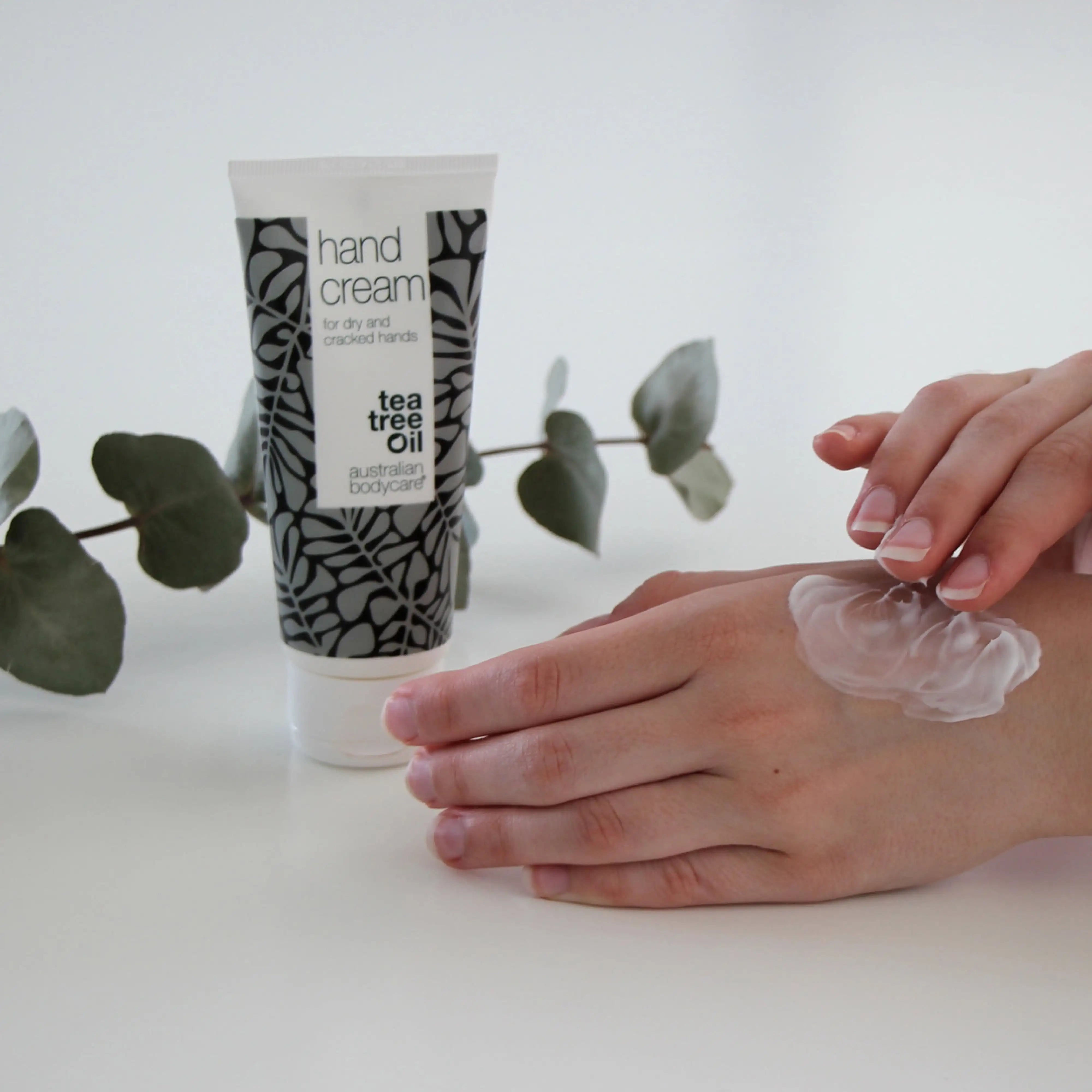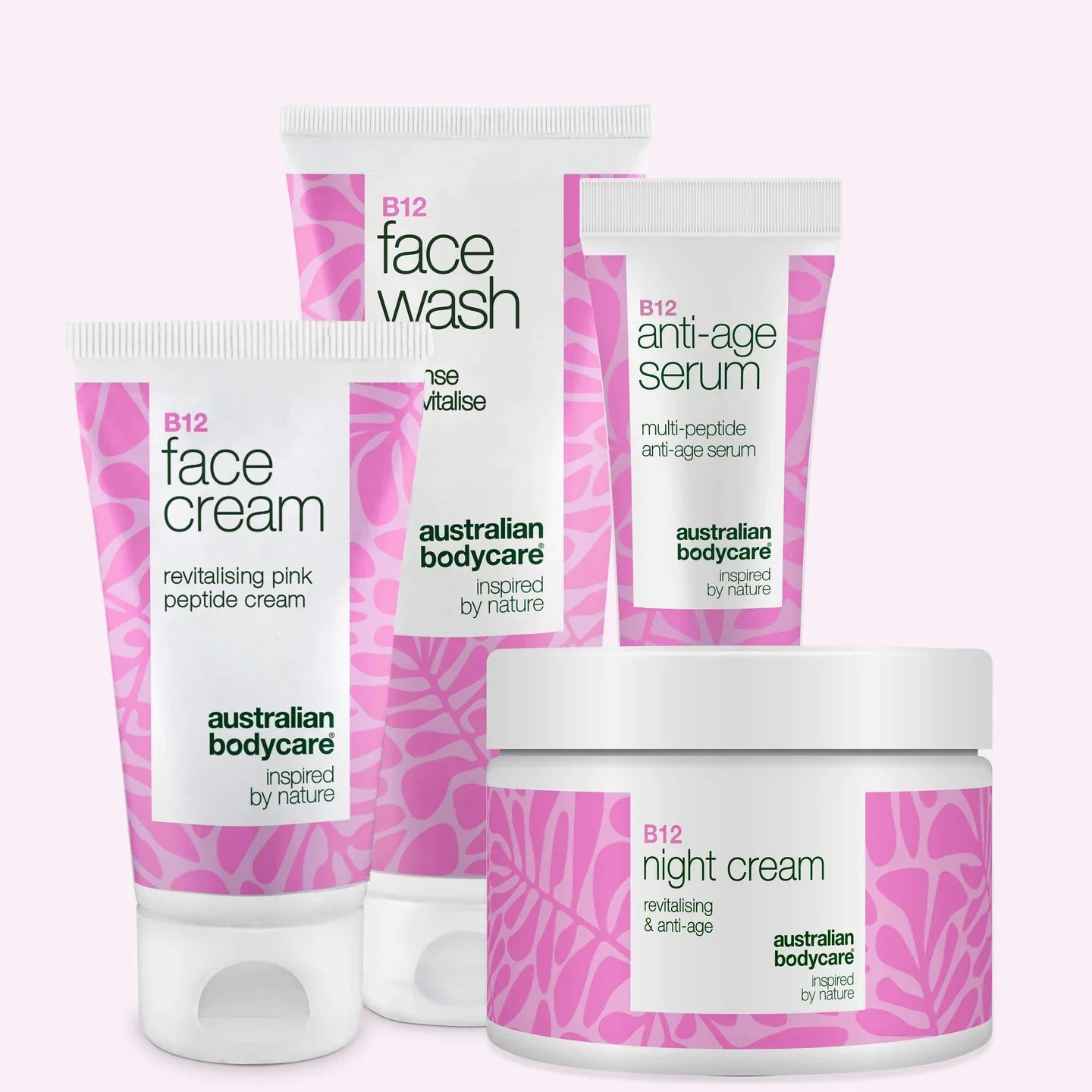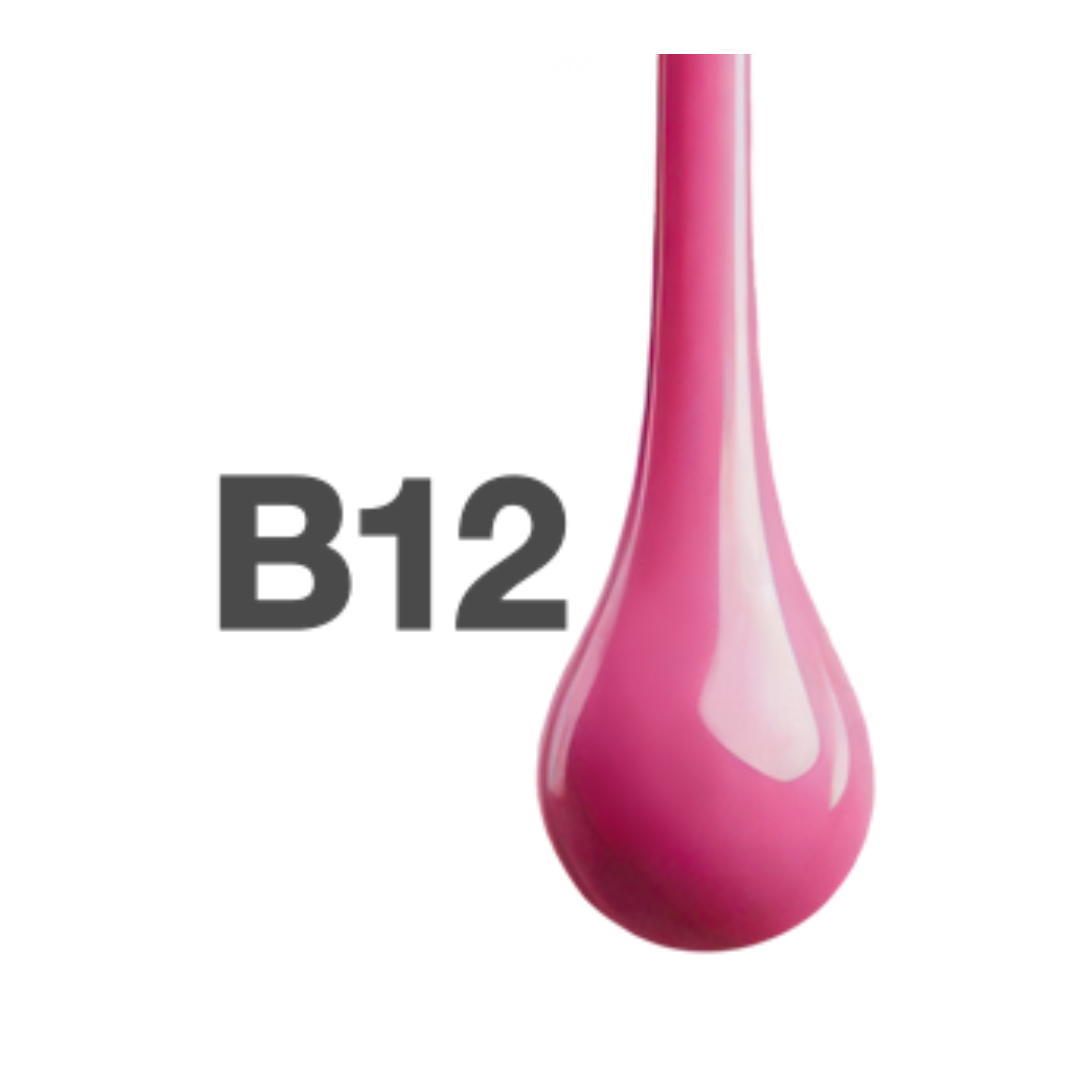Ultimate Guide to Keratosis Pilaris: Symptoms, Causes, and Treatment
Keratosis pilaris is a widespread skin condition affecting many people worldwide. Although it's not painful or harmful to health, it can still be a source of frustration for those experiencing it. In this guide, we'll take a closer look at what keratosis pilaris is, including its characteristics, causes, and symptoms.
We'll explore various treatment options, both self-care and medical, that can help improve the skin's appearance and texture.
Whether you're dealing with keratosis pilaris yourself or looking to gain a better understanding of the condition, this guide will provide you with valuable information to make informed decisions about your skincare and well-being.
» Jump directly to: How to treat keratosis pilaris?
Table of contents
What is Keratosis Pilaris?
Keratosis pilaris is a common and harmless skin condition that primarily affects the skin's surface. This condition is known to cause small, dry bumps or pimples on the skin, especially on the upper arms, thighs, buttocks, and in some cases, the face. While it's usually not painful or dangerous, keratosis pilaris can be a source of cosmetic concern for some individuals.
Characteristic Features of Keratosis Pilaris:
Bumpy Skin: The most characteristic feature of keratosis pilaris is the appearance of small, raised bumps on the skin's surface. These bumps are often round or oval and can vary in color from skin-toned to reddish or darker, depending on your skin type.
Rough Texture: The affected area may feel rough or sandpaper-like to the touch. This is due to the accumulation of keratin, a natural protein in the skin, which can clog hair follicles.
Rash Location: Keratosis pilaris typically occurs in areas with denser hair growth, such as the upper arms, thighs, buttocks, and face. It can also appear on the back, chest, or other areas.
Seasonal Variation: Symptoms of keratosis pilaris can change with the seasons. They can become more pronounced in winter when the skin is more prone to becoming dry.
Itching or Irritation: For some people, keratosis pilaris can cause itching or mild irritation. This can lead to the desire to scratch, which can worsen the condition.
While keratosis pilaris is harmless, it's important to understand and identify its characteristic signs and symptoms, especially if you're seeking treatment or want to reduce the visibility of the small bumps on your skin.
Symptoms of Keratosis Pilaris
Keratosis pilaris typically has a range of characteristic symptoms that make it relatively easy to recognize the condition. Here are some of the most common symptoms associated with keratosis pilaris:
Bumps: The most visible symptom is the appearance of small, dry bumps, often round or oval. These bumps are usually hardy and can vary in color, often from skin-toned to reddish or darker, depending on your skin type.
Similarity to sebum plugs: Visually, keratosis pilaris can look similar to sebum plugs, as both conditions involve small skin bumps. However, it's important to note that keratosis pilaris is caused by the build-up of keratin and dead skin cells around hair follicles, while sebum plugs are the result of a build-up of sebum (oil) in the sebaceous glands of the skin.
Resemblance to spots: Visually, keratosis pilaris can resemble spots, as both conditions involve small skin bumps. However, an important difference is that keratosis pilaris does not cause skin inflammation like spots can.
Typical Locations: Symptoms are most commonly seen in areas with denser hair growth, such as the upper arms, thighs, buttocks, and face. However, they can also occur on the back, chest, or other areas of the body.
Itching or Irritation: Some individuals with keratosis pilaris experience mild itching or irritation in the affected areas. This can be caused by the rough surface and can lead to the desire to scratch, which can worsen the condition.
Cosmetic Concern: Although keratosis pilaris is usually not painful or health-threatening, it can be a source of cosmetic concern for some people. Visible bumps, uneven skin, and pimples can affect a person's confidence and self-perception.
It's important to remember that keratosis pilaris is a common skin condition, and the symptoms usually improve with age.
Who Can Get Keratosis Pilaris?
Keratosis pilaris is a common skin disorder that can occur in people of all ages, but certain groups may have an increased risk:
Children and Teenagers: Keratosis pilaris often occurs in children and adolescents, and it can begin as early as childhood.
Genetics: If someone in your family has or had keratosis pilaris, you're more likely to develop the condition.
People with Dry Skin: Individuals with naturally dry skin or a tendency towards dry skin may have a higher risk of developing keratosis pilaris, as dry skin can contribute to the buildup of keratin and scales in the hair follicles.
People with Underlying Skin Conditions: Some individuals suffering from other skin diseases such as eczema may be more susceptible to keratosis pilaris.
Climate and Seasonal Influences: Keratosis pilaris may be more prevalent in cold and dry climates, and symptoms can vary throughout the year.
It's important to understand that while these factors can increase the risk of developing keratosis pilaris, it can affect anyone, regardless of background and age.
Causes of Keratosis Pilaris
The causes of keratosis pilaris are still not fully understood, but researchers have identified several factors that may contribute to the development of this condition.
Genetic Factors
Genetics may play a role in the development of keratosis pilaris. If there are cases of keratosis pilaris or atopic dermatitis in your family, the risk of you developing it increases.
Overproduction of Keratin
Keratosis pilaris occurs when there is an overproduction of keratin, a protein responsible for the buildup of skin, hair, and nails. This overproduction leads to a buildup of keratin in the hair follicles, resulting in the formation of the characteristic small bumps or pimples.
Digestive Issues
Some researchers believe that digestive problems, such as inadequate digestion of fats, may play a role in the development of keratosis pilaris. An imbalance in the digestive system can affect how the body absorbs and uses nutrients necessary for healthy skin.
Diagnosis
The diagnosis of keratosis pilaris is usually based on a physical examination of the skin and an assessment of the characteristic symptoms. It is often easy for a doctor or dermatologist to identify the condition by simply inspecting the affected area.
The doctor will inspect the affected areas of the skin, typically on the upper arms, thighs, and buttocks. The diagnosis can usually be made by observing the characteristic small, rough bumps and the possible ingrown hairs.
In rare cases where there is uncertainty about the diagnosis, a skin biopsy may be performed. This involves removing a small sample of the skin from the affected area and analyzing it under a microscope. This can help rule out other skin conditions.
Since keratosis pilaris is usually an easily recognizable condition, the diagnosis often does not require complex tests or procedures. The most important thing is to accurately identify the condition to choose the most appropriate treatment method.
How to Treat Keratosis Pilaris?
Although keratosis pilaris is usually a benign condition that doesn't require treatment for medical reasons, some people look for ways to reduce the visibility of the rough bumps and improve the skin's appearance. Various treatment options can help minimize the symptoms of keratosis pilaris. The treatment can range from simple changes in the skincare routine to medical procedures. Here are some of the most commonly used treatment methods:
Changes in Skincare Routine
Basic skincare principles can help reduce the symptoms of keratosis pilaris. This includes:
Using moisturizing creams: Regular use of moisturizing creams or lotions can help cleanse and soften the skin and reduce dryness, which can minimize the visibility of the rough bumps.
Gentle exfoliation: Use a mild exfoliating body scrub or brush to gently remove dead skin cells from the affected area. Be careful not to over-exfoliate, as this can worsen the condition.
Laser Treatment
Laser treatment can be an effective option for reducing the visibility of keratosis pilaris. The laser uses intense light to target and improve the skin's texture. This can decrease roughness and enhance the appearance of the skin.
Cream Treatment
There are creams and ointments containing active ingredients like salicylic acid, lactic acid, urea, or Tea Tree Oil that can help cleanse and soften the skin by addressing keratin formation. These products can help improve the appearance of keratosis pilaris over time when used regularly.
Corticosteroid Cream
In some cases, a prescription corticosteroid cream may be used to reduce inflammation and itching associated with keratosis pilaris. This is usually used as a temporary treatment.
Chemical Peels
Chemical peels performed by a professional dermatologist can help remove the top layers of dead skin cells and improve the skin's texture.
It's important to note that treating keratosis pilaris is usually a long-term process, and symptoms may return if treatment is stopped. The best treatment methods can vary from person to person, so it's a good idea to consult a dermatologist or skincare expert to develop a customized plan.
Self-care and Prevention
While keratosis pilaris can't be completely prevented, there are steps you can take to reduce the risk of outbreaks and improve the condition of the skin. Self-care plays a crucial role in managing keratosis pilaris and can help maintain healthy skin. Here are some self-care tips and prevention methods:
Regular Exfoliation: Use a mild exfoliating scrub or brush to gently remove dead skin cells from the affected areas. Avoid over-exfoliating, as this can worsen the condition.
Moisturizing: Regularly use a good moisturizer to keep the skin hydrated and reduce dryness, which can minimize the visibility of the rough bumps. It may be a good idea to start preventive skin care products early in the fall, as the condition often worsens in winter as the skin becomes drier.
Avoid Scratching: Avoid scratching or picking at the affected areas, as this can worsen inflammation and irritation.
Gentle Cleansing: Use mild soaps and cleansers to avoid drying out the skin. Also, avoid very hot water, as it can exacerbate dryness.
Sun Protection: Protect the affected areas from excessive sunlight by using sunscreen or covering them with clothing. Sunlight can worsen the condition.
Hydration: Drink enough water to maintain overall hydration, which is also important for healthy skin.
Avoid Tight Clothing: Wear loose and breathable clothing to reduce friction on the skin, especially in the affected areas.
Healthy Diet: A balanced diet rich in vitamins and antioxidants can support skin health. Consider including foods like fruits, vegetables, and fish in your diet.
Managing Stress: Stress can exacerbate some skin conditions. Try to find ways to manage stress, such as meditation, yoga, or deep breathing.
Although keratosis pilaris can often be a chronic condition, it's possible to improve the skin's appearance and minimize symptoms with the right care methods. Be patient and consistent with your skincare routine, and seek professional guidance if you have questions or concerns. It's always a good idea to consult a dermatologist or skincare expert if you need further advice on caring for and preventing keratosis pilaris.
FAQ on Keratosis Pilaris
What is keratosis pilaris?
Keratosis pilaris is a common skin condition that results in small, rough bumps on the skin, often on the upper arms, thighs, cheeks, or buttocks.
Why do people get keratosis pilaris?
Keratosis pilaris is caused by the buildup of dead skin cells in hair follicles. If there are cases of keratosis pilaris or atopic dermatitis in your family, you may be at a higher risk of developing it yourself.
Is keratosis pilaris contagious?
No, keratosis pilaris is not contagious and cannot be transmitted from person to person.
How can I treat keratosis pilaris?
Treatment options include moisturizers, gentle exfoliation, using products with salicylic acid or glycolic acid, as well as professional treatments like laser therapy.
Does sunlight help with keratosis pilaris?
Sunlight can sometimes reduce the visibility of keratosis pilaris, but it's important to use sun protection, as the sun can worsen the condition.
Should I consult a doctor for keratosis pilaris?
If keratosis pilaris affects your quality of life or if you're unsure how to treat it, you should consult a dermatologist.
Can keratosis pilaris be removed?
There is no known cure for keratosis pilaris, but it can be managed and improved with appropriate care.
How can I prevent keratosis pilaris?
Regular use of moisturizer, gentle skincare, and avoiding excessive exfoliation can help prevent keratosis pilaris.
Is keratosis pilaris the same as acne?
No, although keratosis pilaris and acne may look similar, they are different skin conditions. Keratosis pilaris does not involve skin inflammation like acne does.
Can keratosis pilaris occur on the face?
Yes, keratosis pilaris can occur on the face, although it is more common on the body.
Can children get keratosis pilaris?
Yes, keratosis pilaris can occur in children and adults of all ages.
Is it necessary to treat keratosis pilaris for health reasons?
Although keratosis pilaris is usually considered a cosmetic concern, in some cases, it may be so widespread or cause such significant discomfort that it may be appropriate to seek treatment.
How long does it take to see improvements with the treatment of keratosis pilaris?
The results depend on the treatment method and can vary from person to person, but it may take several weeks to months to see significant improvements.
Find more information here:
Mayo clinic – Keratosis pilaris – symptoms and causes
Cleveland clinic – Keratosis pilaris: What it is, Causes, Symptoms & Treatment





